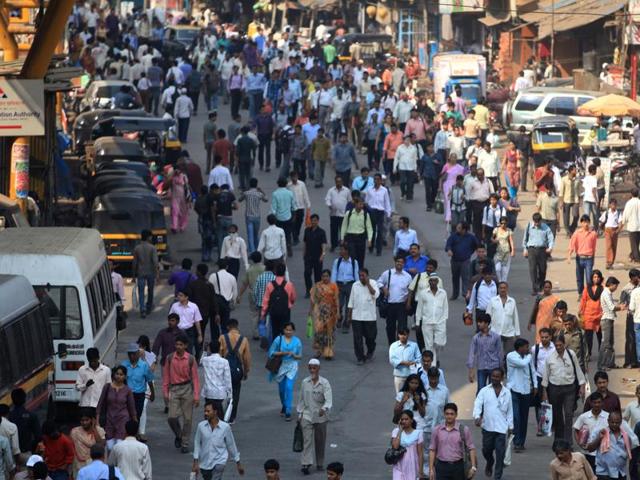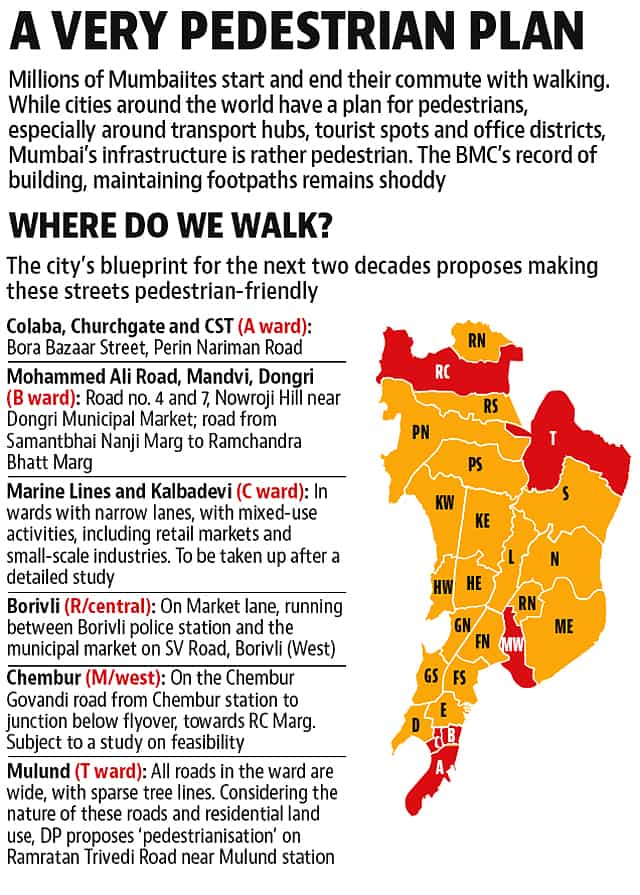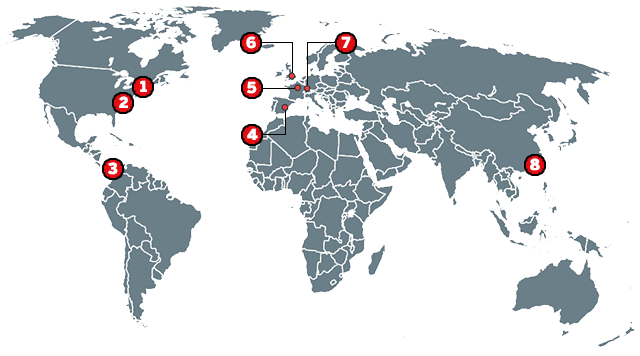HT Unclog Mumbai: It’s not a walk to remember
Developing the city in a way that encourages walking and cycling can unclog roads and make Mumbaiites fitter. The ideas just need to hit the road
We are a city of walkers. We walk to catch buses and trains. We walk from bus stops and train stations. Where autos and taxis don’t go, we walk. We dodge hawkers and garbage; we walk even where there is no space to walk.

According to Mumbai’s civic body, 51% of all trips are on foot; close to 80% of them last fewer than 15 minutes. These trips start and end our public-transport commute — what experts call last-mile connectivity. But few or no footpaths, encroachment, parked vehicles and vendors make walking the least pleasurable thing to do in Mumbai. Many citizens, tired of congested trains, also want to switch to cycling. But the absence of cycling tracks and parking docks, and the very likely risk of being run over by speeding vehicles stop them. While walking and cycling have for decades been how many Mumbaiites commute, pedestrians and cyclists have never featured in the development plans.

Shift focus, now
Around the world, cities are marking out spaces for walking and cycling. Areas around transport hubs, tourist spots and business districts have well-maintained walking paths. These may be small measures, but town-planners note how it has reduced dependency on cars and motorbikes, bringing down pollution and traffic jams. The lack of facilities in Mumbai, say experts, is forcing people to buy vehicles and add to the city’s traffic chaos. Even the comprehensive mobility plan, a report by the Brihanmumbai Municipal Corporation (BMC) on traffic management states: “Several conditions discourage pedestrian movement...undesirable and unsafe pedestrian walk environments force commuters to switch to other mechanised modes.”
“Authorities have proved their lack of compassion for pedestrians. Citizens have internalised these dangerous walking conditions. We need quick-fixes and policy decisions to improve conditions,” said Rishi Aggarwal, the founder of ‘The Walking Project’, a group of citizens working to create a pedestrian-friendly city. “Except roads in the island city, 2,000km of roads need to get walkable.”

Priority, pedestrians
The BMC has started considering ways to make Mumbai better for pedestrians. For instance, the Development Plan 2034, the city’s blueprint for the next two decades, has identified eight streets where walking infrastructure can be developed. But there’s a long way to go.
“Drop, kiss and move is a worldwide phenomenon, where you give priority to pedestrians and leave a single lane near railways stations for drops and pick-ups,” said Sulakshana Mahajan, a planning expert. The first DP draft suggested transit-oriented development (TOD), some clauses of which gave importance to developing such infrastructure. Mahajan suggested a re-look at these clauses. “It proposed regulating vendors, restricting cars and making walkways safe.”
But civic chief Ajoy Mehta said, “We need to look at other ways to make the city pedestrian-friendly. TOD would mean giving higher floor space index to areas around stations. But we cannot do this as it would not create low-income housing. FSI as a concept needs to be secular.”
Experts have also been rooting for a transport cell under the BMC that will only focus on making walking a part of the city’s transport plan. “No department is thinking about walkers or cyclists. The cell can undertake measures such as marking pedestrian crossing, improving footpaths and getting rid of cars parked on footpaths,” Aggarwal said. A specific street-design guideline for Mumbai will help, according to architect Ketaki Tare. “Mumbai’s needs are very specific, starting with its population itself. Height and width of footpaths, lighting should be standardised.”

Let’s make a start
Ideas to make walking easier and cycling safer are plenty, but the city falls short when it comes to implementing them. Take for instance the BMC’s decision to stop using paver blocks on footpaths, as they get dislodged easily. There has hardly been any action. “We are only going to reorder paver blocks; we won’t be laying fresh ones ,” said a civic official.
Further, the budget of the country’s richest municipal corporations is administered with zero citizen participation, experts said. Citizens should be given the chance to ask for facilities in their wards. Mumbaiites want to go green and cycle to work. “But there are no facilities to park near bus stops and stations,” said Chinmay Joshi from Midnight Rangers, which organises cycling events. A public bike-sharing system that is followed by more than 200 cities across the globe could be another way to encourage cycling.
The benefits of developing Mumbai in a way that encourages walking and cycling are many – from reducing pollution to unclogging roads and making Mumbaiites fitter.
The ideas just need to hit the road.





